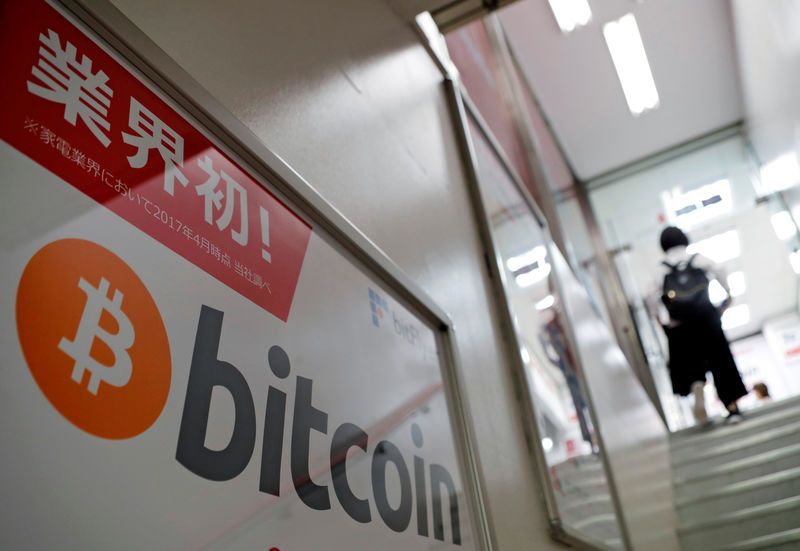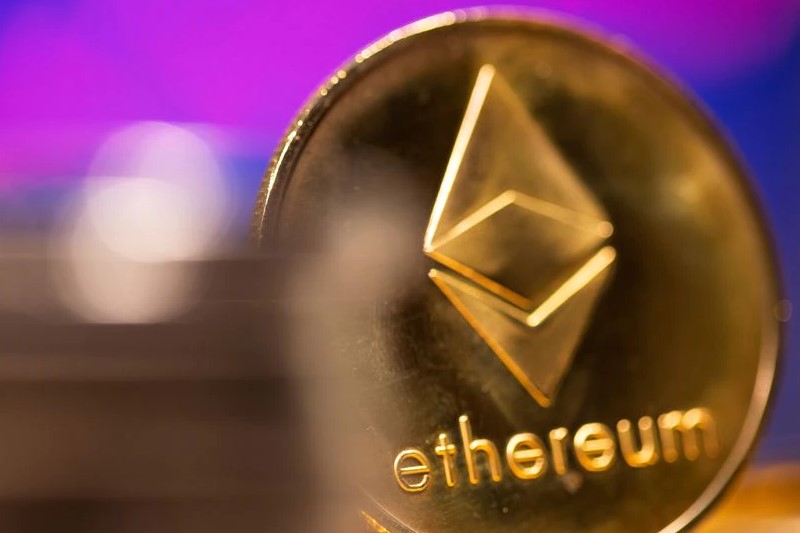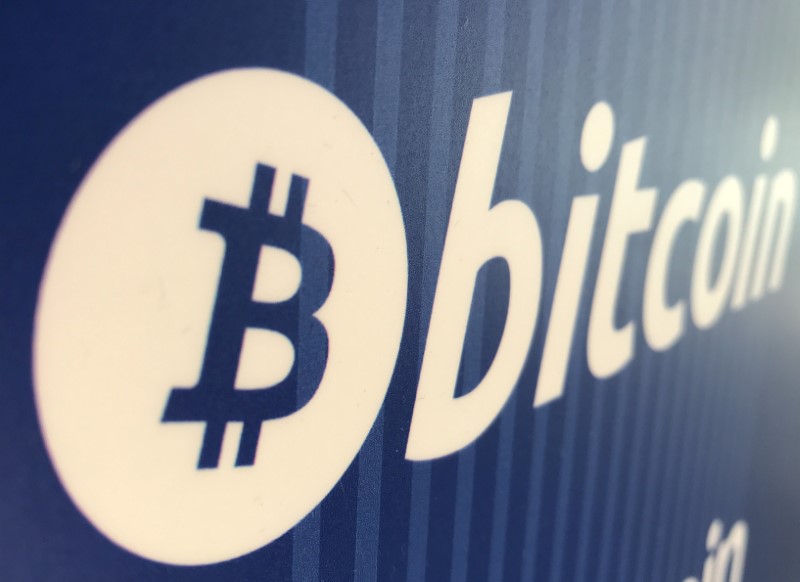U.Today – Michael Saylor, co-founder and president of MicroStrategy, made a bold statement that resonated in the crypto community as it briefly touched the $65,000 mark.
Bitcoin hit $65,000 for the first time in nearly three weeks, boosted by renewed demand for U.S. exchange-traded funds amid concerns that the Federal Reserve is preparing to ease monetary policy.
The largest digital asset hit highs of $65,050 in Sunday's trading session before retreating below $64,000 on Monday. Bitcoin is up more than 10% since last week, the biggest gain since mid-July.
Saylor stated in an X post: “Four years with the Bitcoin standard and it would have outperformed every company in the S&P 500.”
Accompanying his tweet was an image showing how MicroStrategy's stock performed compared to other S&P 500 companies since the firm adopted its Bitcoin strategy in August 2020. The data highlighted MicroStrategy's notable outperformance, beating notable companies like Nvidia (NASDAQ:) and Marathon oil (NYSE:).
MicroStrategy, one of the first public companies to adopt Bitcoin as a primary treasury reserve asset, has reaped significant rewards since embarking on its Bitcoin journey.
Saylor's tweet along with the image demonstrated how MicroStrategy's stock has significantly outperformed major players like Nvidia, Marathon Oil and other S&P 500 companies over the past four years, boosted by its Bitcoin strategy.
Net inflow of $252 million as Bitcoin rises
Federal Reserve Chairman Jerome Powell on Friday offered the clearest hint yet that the central bank could be on track to cut benchmark interest rates from a more than two-decade high, implying a more favorable liquidity backdrop for global markets.
Bitcoin prices surged following Powell’s speech and hit highs of $65,050 in Sunday’s trading session. At the time of writing, Bitcoin had fallen 0.06% in the previous 24 hours to $63,930.
Powell’s signal resulted in a net inflow of $252 million into a group of a dozen U.S. spot bitcoin ETFs on the same day, the largest in more than a month, according to Bloomberg data. The funds have now received inflows for seven consecutive days.
This article was originally published on U.Today









